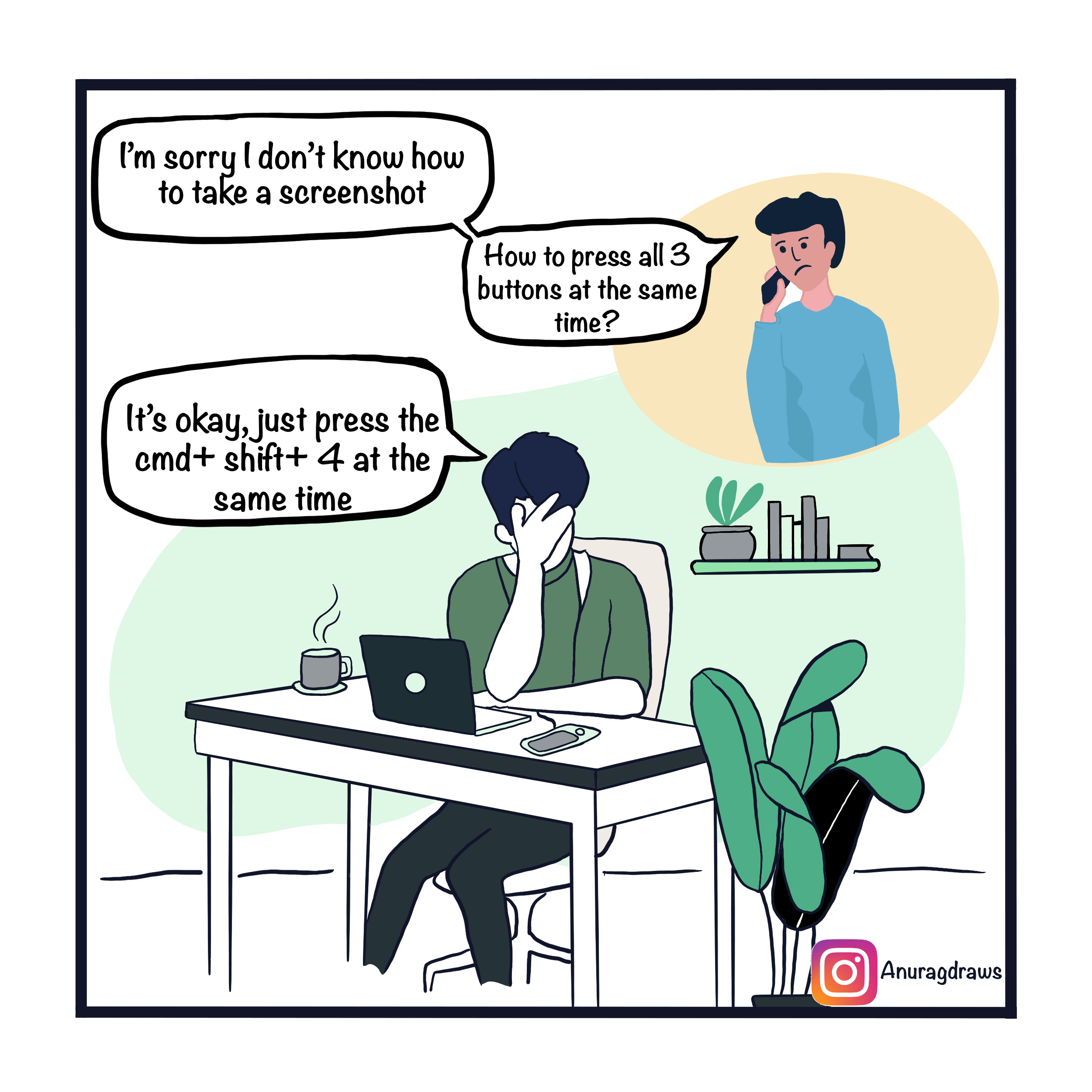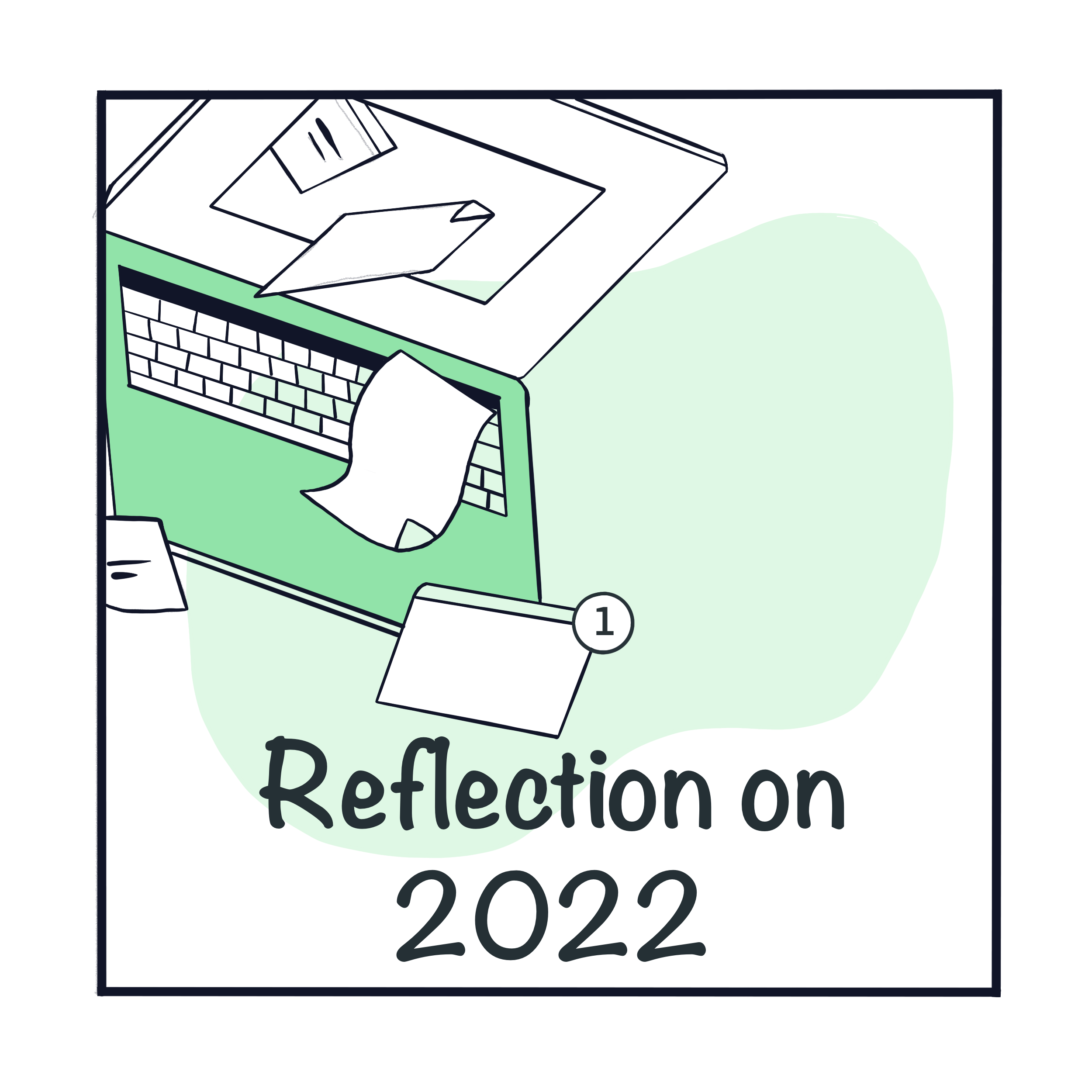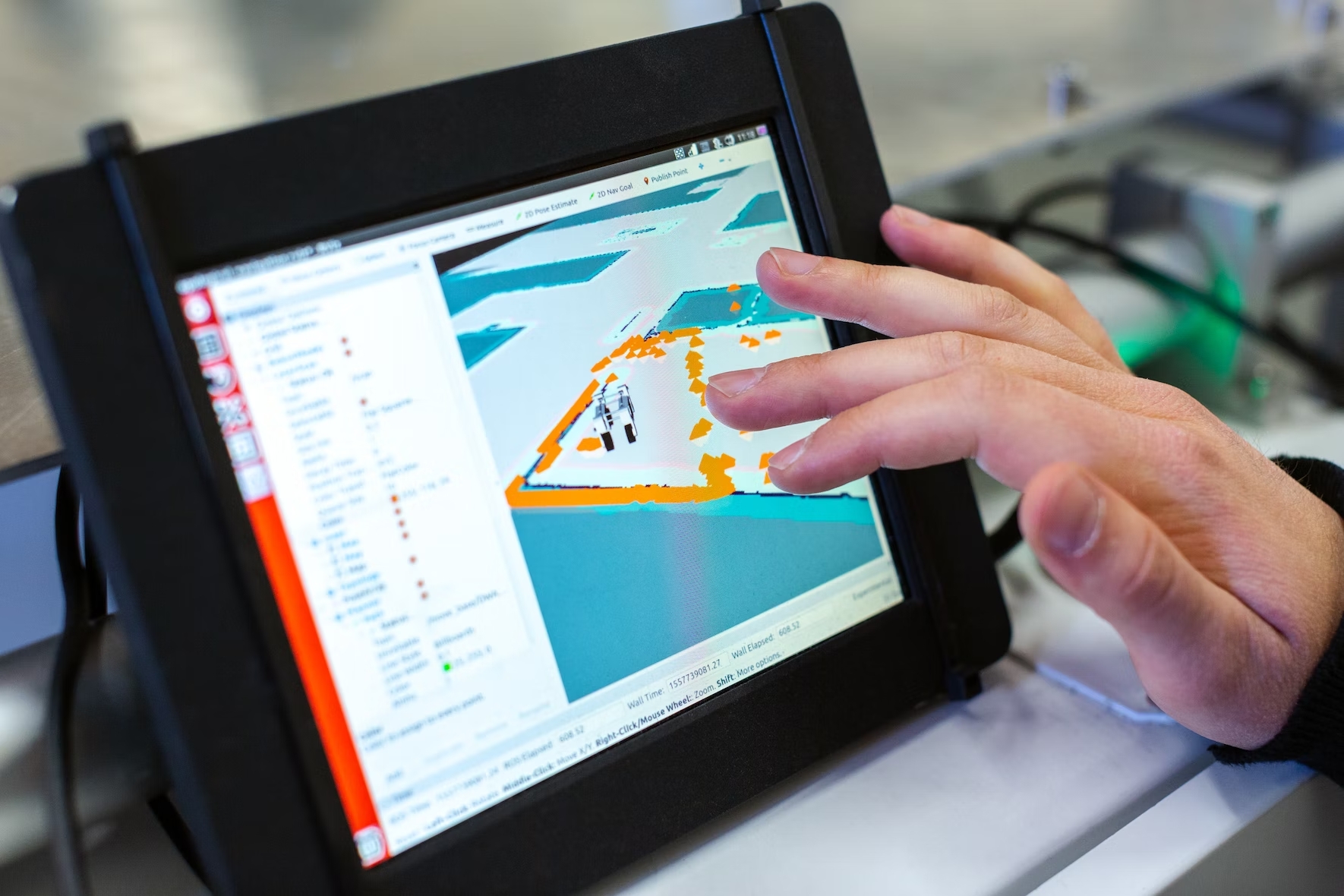The Pain of Requesting Screen Recordings and Screenshots
- 15 Jan, 2023

As a developer, there’s nothing more frustrating than trying to track down a bug or understand why a feature isn’t working as expected. If it is a code error Sentry will alert you but what if there’s no code break but a feature isn’t working properly.
In such scenarios I feel like a detective trying to solve a case, but instead of fingerprints and DNA, I’m collecting screenshots and screen recordings. But getting screenshot/recording from users is not piece of cake. Without which it’s a mystery how anyone can find the bug with so many blurry and unclear evidence.
Ideal process
First, there is the issue of actually getting in touch with the user. Depending on the project and the user base, this can be as simple as sending a message through an in-app chat or sending a detailed email request. Even if you are able to quickly locate the user and get in touch, the process of explaining what is needed and how to provide it can be lengthy.
For many users, screen recording and screenshot tools are not familiar territory.
Users may not know how to access them, or they may be hesitant to use them due to concerns about privacy or technical difficulties. As a result, developers often have to spend a significant amount of time walking users through the process of setting up and using these tools, which can be frustrating for both parties.
Furthermore, even if a user is able to successfully provide a screen recording or screenshot, there is no guarantee that it will be of sufficient quality or provide the necessary information. The user may not understand what is important to capture, or the recording may be too short or too choppy to be useful. In these cases, the developer may have to go through the process of requesting additional information, further prolonging the already time-consuming process.
There are, of course, ways to streamline the process of requesting screen recordings and screenshots from users. Some developers have found success by providing clear, step-by-step instructions for how to capture the necessary information, or by using specialized tools that make it easier for users to provide the necessary data or create help docs.
But let’s be honest here, who really goes over the help docs? 🥲
Background story
I have been working as software developer for more than 8 years. During this I faced many cases where customers just say “X is not working”. But to replicate the same on my end and find the root cause would often consume a lot of time. Needless to say I had sentry & logrocket and other tools. At 1 instance it tool me > 2 hours just to find the root cause. The fix on the other hand just took 5 min.
I an attempt to find a way around for the same I came up with a mock solution. 🤓
- A customer facing widget - have a option on the dashboard itself where users can quickly mark and pinpoint the elements, mark them as a bug. Send the screenshot/video to the business owner.
- Simply having a screenshot/screen recording cannot give a full picture. The person (developer) working on the fix needs to have console logs, network logs etc to replicate the same.
- A dashboard for the business owners to visualize all the issues created.
You can checkout more info on the landing page - Mezchip
As of now the entire product isn’t completed and we are looking for some early users to validate the idea. The pricing is slightly on the lower side considering we are in very nascent stage and are looking for some early users.
I’m betting there are others out there with a similar bugging problem.


